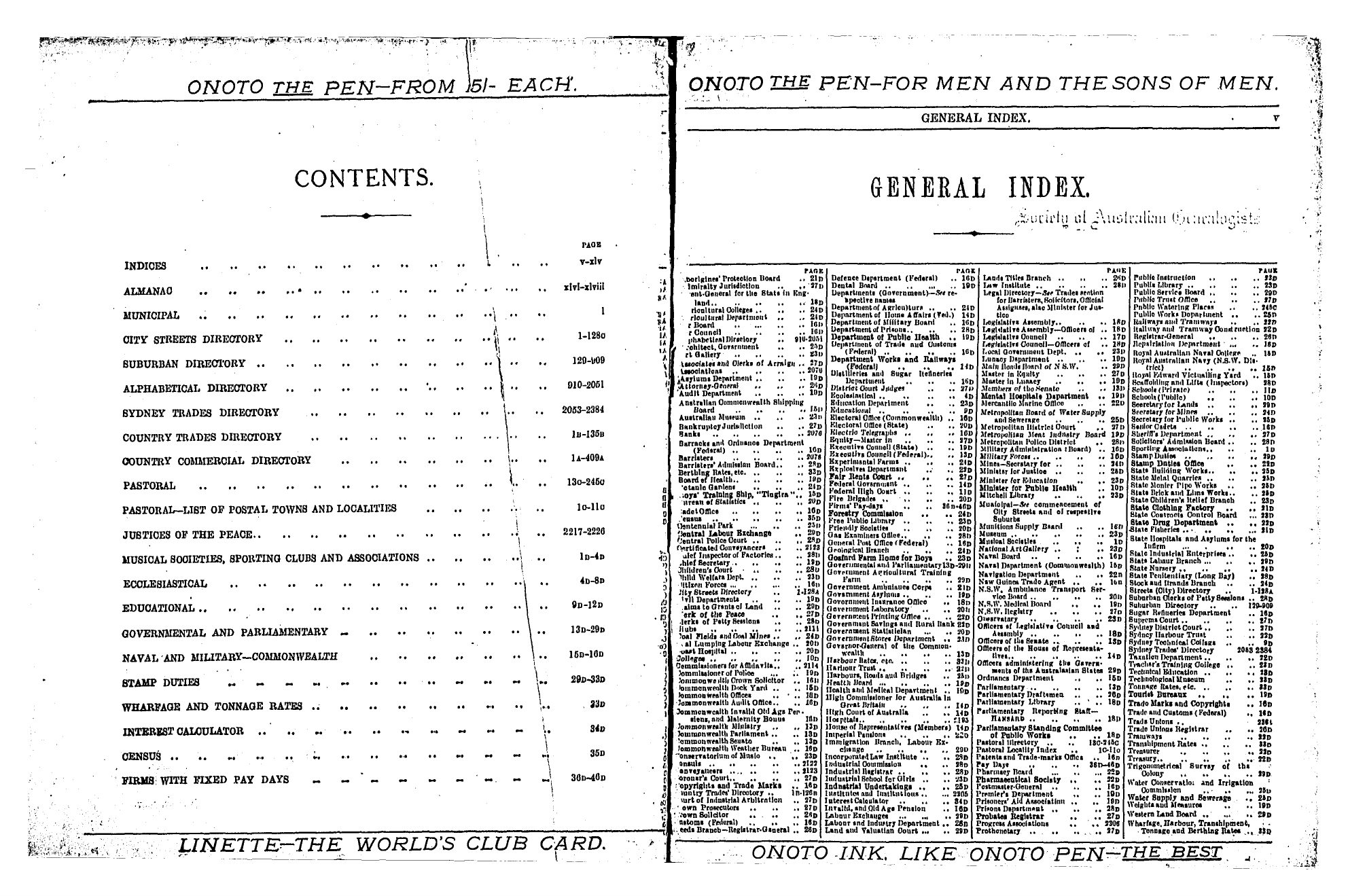

Sliding gauge with gold thread for variable adaptation to electric and current-knots. Calibrated Lecher-scale (comparatively measured with Lecher-antenna according to R. Metric scale to measure λ of the input wavelength. Air-Lecherization-system allowing electromagnetic waves to develop virtually unimpeded into standing waves. Selector switch features two possible positions: in position I circuit conduits automatically cause a galvanic short-circuit in position C a solely capacitive connection is created. Milled groove as receptacle for direction finder rods or holder for test objects (Nosode-holder). Broad-spectrum antenna system to improve reception capacity while providing relief to the user.

The centrepiece of the H3-Antenna consists of a changeable platinic gauge, available in two sizes (SI and MI) with complete parallel line system (air- Lecherization). The H3-antenna is a radiaesthesia instrument that consistently applies Lecher s classical conduction theory.Ħ Dial selector switch Positions C = Capacitive I = Inductive variable slide in Air Lecher- Conduit with magnifying glass on the metric and Lecher value skale Polariszation switch Positions R = right circulating L = left circulating U = unipolar Complete contakt for safe connection of handle to position finding rods 9 10 Changeable platinic gauge Functional, flexible handle grips with conductive qualitiesħ Handbuch der H3-Antenne 5 Design of the H3-Antenna 1.

Lüdeling successfully re-designed Schneider s antenna. Based on his experiences with the handling technique for H3 antenna non-fiction author H. Analyzing the very compelling result obtained, Schneider introduced a dowsing rod based on the principle of Lecher s conduction theory calling it the Lecher-antenna. The rod functioning as an antenna is tuned to the wavelength of the field. Radiation fields can be distinguished by handling and placing V-shaped rods (dipole antenna) in a variety of positions. He considered the dowsing rod as the antenna and the individual as the receiver. In the fifties a physicist named Reinhard Schneider ( ) realized this analogy carrying out physics experiments with the help of a physical antenna and developed the handling technique for H3 antenna. Since antiquity people obviously realized that it is possible to detect the presence of radiation with a variety of fine-tuned instruments. Schneiderĥ Handbuch der H3-Antenne 3 Introduction Radiaesthesia (detection of radiation) deals with fine energetic radiation fields the nature of which has not been clearly defined as of today. Insert straight and centered- do not tilt while inserting!Ĥ Etruscean Litui Leisen fork Tuning devices for radiestesia Grifflängenrute Lecherantenne according to R. Curves of holder and changeable platinic gauge face upwards: The two lower contact clips are particularly fragile. Avoid unnecessary handling of the gold plating! Insert the changeable platinic gauge into the holder as illustrated below. Protect the changeable platinic gauge from dirt and excessive mechanical use. Therefore, please use your antenna with appropriate caution. Hartmut Lüdeling Hartmut Lüdelingģ Handbuch der H3-Antenne 1 Contents Introduction Design of H3-Antenna Operation of H3-Antenna Operating data Particular settings Storage and maintenance instructions Technical data Accessories and spare parts Warranty Important - please read prior to first use! Your H3-antenna is a precise instrument that owes its accuracy to the use of materials also utilized in microwave technology. Without you the H3-antenna would have remained but a dream. Thank you for your help, also to the many not named above for your tips and experiences. Konstantin Meyl, Hans-Jörg Müller, Hans-Gerd Twardawa, Andreas und Gerhard Winkler. Directly involved or in supporting functions of development and testing were the following unbelievable individuals: Ulrich Bever, René Bommer, Philippe Chrétien, Elisabeth und Hanspeter Curiger, Prof. Special thanks to my dear wife Ingeborg, for her indefatigable support of our project. Curiger Dedicated to my teacher the physicist Reinhard Schneider with deep gratitude. We hope you have lots of fun with your new tool. Strict quality control and standardized components guarantee a quality instrument providing precise and reproducible results. The H3-antenna is a custom-calibrated product manufactured in Switzerland by HPC Corp. 2 II Handbuch der H3-Antenne Thank you for choosing the H3-antenna - a high quality radiaesthesia instrument.


 0 kommentar(er)
0 kommentar(er)
